Overview
- Features: Mosque & tomb of Sufi saint Hazrat Nizamuddin; qawwalis sung on Thursday after sunset
- Opening Times: 5am to 10:30pm, daily
- Best Time to Visit: Thursdays, after sunset
- Duration: 1 to 2 hours
- Travelled By: Metro (JLN Stadium)
- Cost: Free (donation expected)
- Address: Nizamuddin, New Delhi, India
- Type: Shrine
Author Reviews[display_rating_item_results rating_form_id=”2″ rating_entry_ids=”1″ show_category_filter=”false” show_options=”true” result_type=”star_rating” preserve_max_rating=”true” show_title=”false” show_count=”false” ]
Total Rating: [display_rating_result rating_form_id=”2″ show_count=”false” show_rich_snippets=true] [accordions load=”1″] [accordion title=”User Reviews” last] [display_rating_item_results rating_form_id=”5″ show_options=”true” result_type=”star_rating” preserve_max_rating=”true” show_title=”false” show_count=”true” show_rich_snippets=true] [/accordion] [accordion title=”Add Review”][display_rating_form show_email_input=”true” show_comment_textarea=”true” show_name_input=”true” rating_form_id=”5″] [/accordion] [/accordions]
Summary
Hazrat Nizamuddin Dargah is a wonderfully atmospheric place particularly on Thursdays and feast days when qawwalis (devotional songs) are sung at sunset after namaaz (prayers). Read this article if you’re interested in visiting Hazrat Nizamuddin Dargah. Find loads of information on this magnificent attraction in Delhi including photos and videos of a qawwali session.
Head to Hazrat Nizamuddin Dargah for Best Qawwalis in Delhi
Continue reading this article if you’re interested in visiting Hazrat Nizamuddin Dargah. Find loads of information on this magnificent attraction in Delhi including photos and videos of a qawwali session.
Top Tip – Dress respectfully which means men and women should cover their legs and women should consider covering their heads as well.
Hazrat Nizamuddin Dargah History
One of Delhi’s historic necropolis, Hazrat Nizamuddin Dargah (village of Nizamuddin’s shrine) is a medieval settlement, or basti, named after Sheik Hazrat Nizamuddin Auliya (1236-1325), whose grave and hospice are located here.
Nizamuddin belonged to a fraternity of Sufi mystics, the Chishtis, respected for their austerity, piety and disdain for material desires, and was a spiritual descendant of Moinuddin Chishti. His daily assemblies drew both the rich and the poor, who believed that he was a “friend of God” who would intercede on their behalf on Judgement Day. He died in 1325, aged 92, but his disciples call him a zinda pir (living spirit) who continues to hear their pleas. A three-day Urs is observed, with qawwalis sung, on the anniversary of his death, and another on the death of his disciple Amir Khusru.
What You Will See at Hazrat Nizammudin Dargah?
[singlepic id=135 w=720 h=560 float=center]
A winding alley leads to the saint’s grave. It is crowded with mendicants and lined with stalls selling flowers and chandor (ceremonial cloths), polychrome clocks and prints of Mecca. The main congregational area is a marble pavilion (rebuilt in 1562) where, every Thursday evening, followers sing devotional songs composed by the celebrated Persian poet Amir Khusrau (1253-1325). Women are denied entry beyond the outer verandah but may peer through jalis in the small, dark chamber where the saint’s grave lies draped with a rose petal strewn cloth, surrounded by imams who continuously recite verses from the Koran.
Many of the saint’s disciples, such as Amir Khusru and Jahanara Begum, Shah Jahan’s favourite daughter, are buried close to their master. Jahanara’s epitaph echoes her master’s teachings: “Let naught cover my grave save the green grass, for grass well suffices as a covering for the grave of the lowly”.
[singlepic id=137 w=720 h=560 float=center]
Across the western side of the open courtyard is the red sandstone, Jama’t Khana Mosque, built in 1325. To its north is a baoli (stepwell), excavated in secret while Tughluqabad was being built, because Ghiyasuddin Tughluq had banned all building activities elsewhere. Legend has it that labourers worked here at night with the help of lamps lit not with oil but with water blessed by Nasiruddin, Nizamuddin’s successor. The early 16th century tomb of Atgah Khan is to the north. A powerful minister in Emperor Akbar’s court, he was murdered by Adham Khan, a political rival. The open marble pavilion, Chaunsath Khamba (“64 pillars”), is close by and just outside is an enclosure containing the simple grave of Mirza Ghalib (1786-1869). One of the greatest poets of his time, Ghalib wrote in both Urdu and Persian, and his verses are still recited. Nearby is the Ghalib Academy, a repository of paintings and manuscripts.
Hazrat Nizamuddin Dargah Qawalli
[singlepic id=134 w=720 h=560 float=center]
Hazrat Nizamuddin Dargah is a wonderfully atmospheric place particularly on Thursdays and feast days when qawwalis (devotional songs) are sung at sunset after namaaz (prayers). It is certainly one of Delhi’s most fascinating attractions, not least because the only way to get here is to traverse the tiny, narrow medieval lanes of old Nizamuddin on foot. The entire experience will transport you back even further than a foray into Shahjahanabad. This is not for the fainthearted as the streets are claustrophobic, you will be hassled by hawkers and the smells are almost as assaulting as the hawkers who bar your way. However, once you’re inside, to experience the buzz around the site and hear Sufis sing qawwalis will be one of your best experiences in Delhi.
Hazrat Nizamuddin Dargah Timings
Hazrat Nizamuddin Dargah is open daily from 5am to 10:30pm. The best time to visit Hazrat Nizamuddin Dargah is during qawwalis.
Hazrat Nizamuddin Dargah Qawwali Timings
Qawwalis are sung at Hazrat Nizamuddin Dargah on Thursday after namaaz (prayers) which is usually held after sunset. Qawwalis are also sung on special occasions such as feast days.
How to reach Hazrat Nizamuddin Dargah?
Hazrat Nizamuddin Dargah is located in Nizamuddin in New Delhi. The closest Metro station is JLN Stadium. From there, walk east along Lodhi Road past Lala Lajpat Rai Road, taking the second right lane towards Mirza Ghalib. Alternatively, you can get an auto rickshaw or taxi there or hire a private car for the day.
Hazrat Nizamuddin Dargah Address
Nizamuddin,
New Delhi,
India
Tell us what you think. Do you like qawallis? If so, are you planning to visit Hazrat Nizamuddin Dargah? If you’ve been there, please share with us your experiences.
We love to hear from you so please leave your comments below.


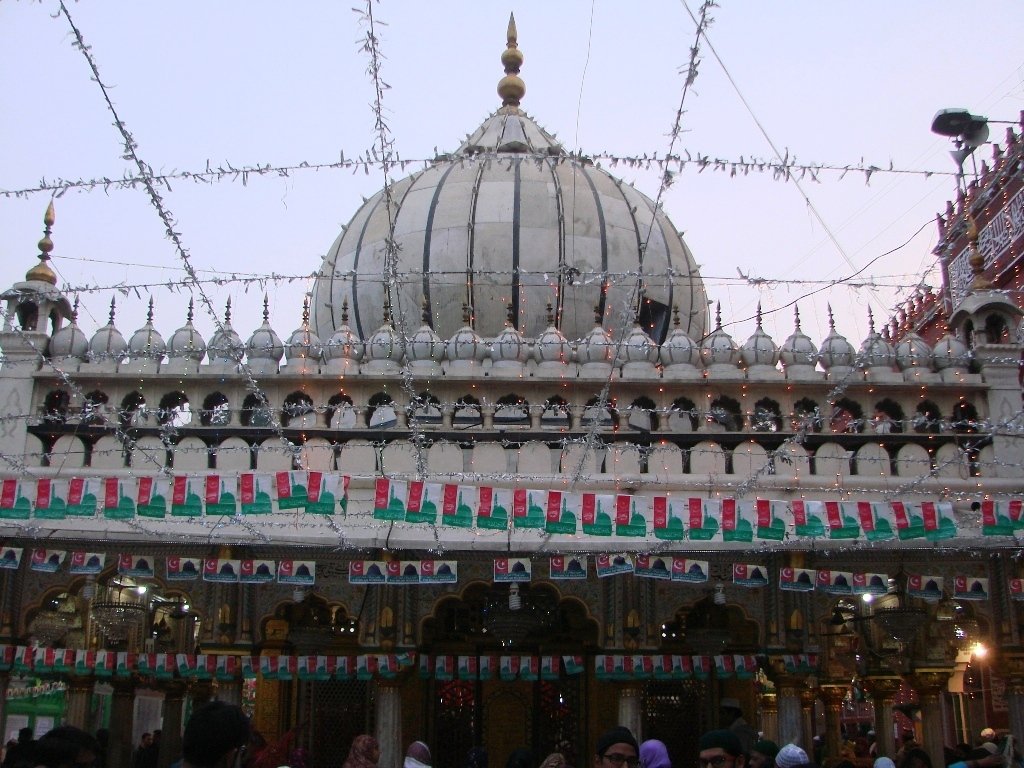

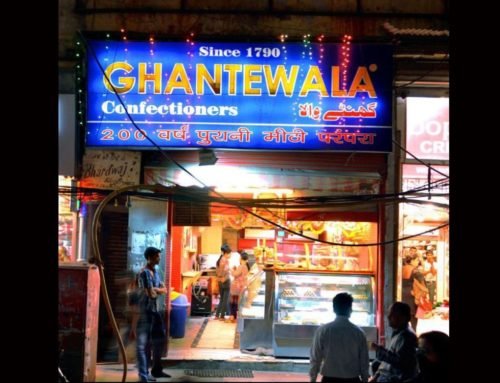
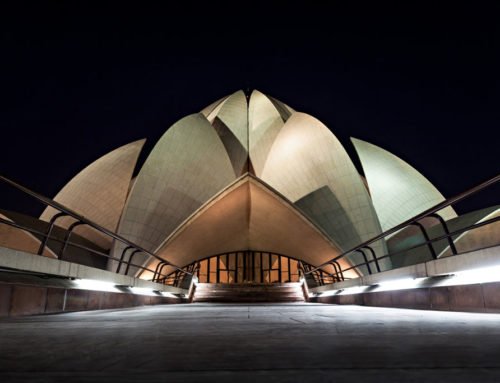
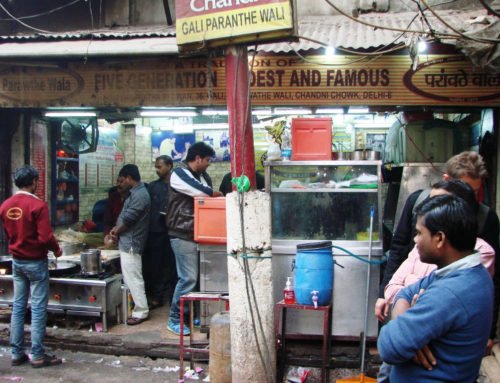
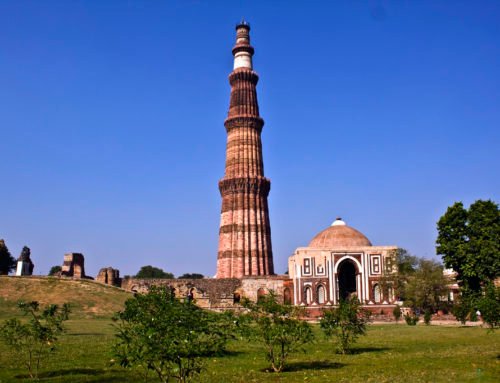
‘Dangerous’ is a strong word, young lady. Try not acting like an Islamophob when you reach there.
Hi, I would like to visit this Dargah. Is it dangerous for a single woman to visit the Dargah by herself?
Hi Clare,
As a woman myself my advice to you would be to visit during the day if you must. Although the ‘qawwalis’ are sung in the evening, it is not a safe area for a single woman to be visiting after dark. In fact, try not to travel anywhere in India after dark.